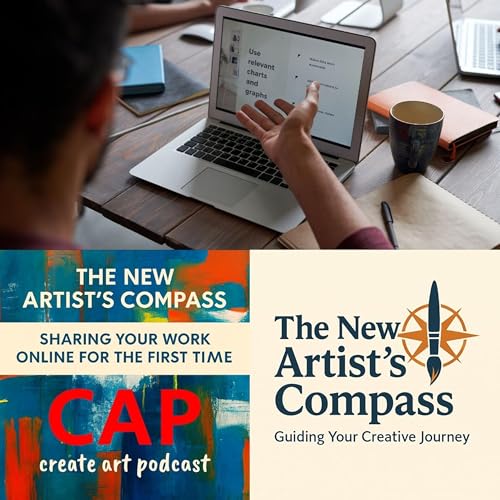How do you really know if you’re leveling up as an artist? Spoiler alert: it’s not just about the number of likes on your latest post or how many pieces you’ve sold. We’re diving into the nitty-gritty of measuring your creative growth in ways that matter, like boosting your confidence, honing your technique, and even how you bounce back from flops. It’s all about celebrating those sneaky little wins that often go unnoticed. So grab your favorite beverage and join me as we chat about tracking your skills, redefining what success looks like for you, and figuring out how to appreciate the journey of growth rather than just the destination. Trust me, you won’t want to miss it!
Why Measuring Growth Matters
Growth can be invisible if you don’t pause to look for it.
Without reflection, you risk feeling stuck even while you’re improving.
Skill-Based Growth
Compare old work with new work (use past sketches, recordings, drafts).
Notice improvements in speed, technique, or problem-solving.
Personal Growth as an Artist
Confidence in sharing or finishing projects.
Resilience when facing criticism or setbacks.
External vs. Internal Metrics
Likes, sales, and followers can be motivating—but they aren’t the whole story.
Personal satisfaction, creative risks taken, and consistency often matter more.
Practical Tools for Tracking Growth
Keep a “progress portfolio” or sketchbook timeline.
Journaling about creative sessions.
Set small measurable goals (finishing one piece per week, learning a new technique)
Takeaways:
- Growth as an artist isn't just about the spotlight; it's often the invisible gains that matter most.
- Measuring your creative growth helps you appreciate your progress and avoid feeling stuck in a rut.
- Instead of focusing on likes and followers, prioritize your personal satisfaction and enjoyment in creating art.
- Take a trip down memory lane and compare your old work to your latest creations for a solid confidence boost.
Links referenced in this episode:
- createartpodcast.com
- findapodcastaboutxyz.com
- tkbpodcaststudio.com
Topics covered in this seriesSharing Your Work Online for the First Time
Dealing With Criticism and Rejection
Finding (or Building) an Artistic Community
Collaboration as a Creative Catalyst
Staying Motivated Long-Term
Art Challenges & Social Media Trends
Mental Health & Creativity
Art Challenges & Social Media Trends
Setting Up a Creative Workspace
Creative Constraints & Prompts
Measuring Growth as an Artist
Why Do You Create?
When to Call Yourself an Artist
Lessons From a Year of Creating
Setting Creative Goals Without Killing the Joy
How do I get such great guests?PodMatch I use Podmatch to get the best guests on the show. Check out PodMatch if you want to guest on other podcasts or if you have a podcast and need guests for your show. Guests from Podmatch
Make Sharing your podcast easierUse Podcast Beacon for the best NFS products to share your podcast while out and about or at conferences.
Reach Out To...
 2025/12/2124 分
2025/12/2124 分 25 分
25 分 21 分
21 分 26 分
26 分 23 分
23 分 24 分
24 分 1 時間 10 分
1 時間 10 分 24 分
24 分
